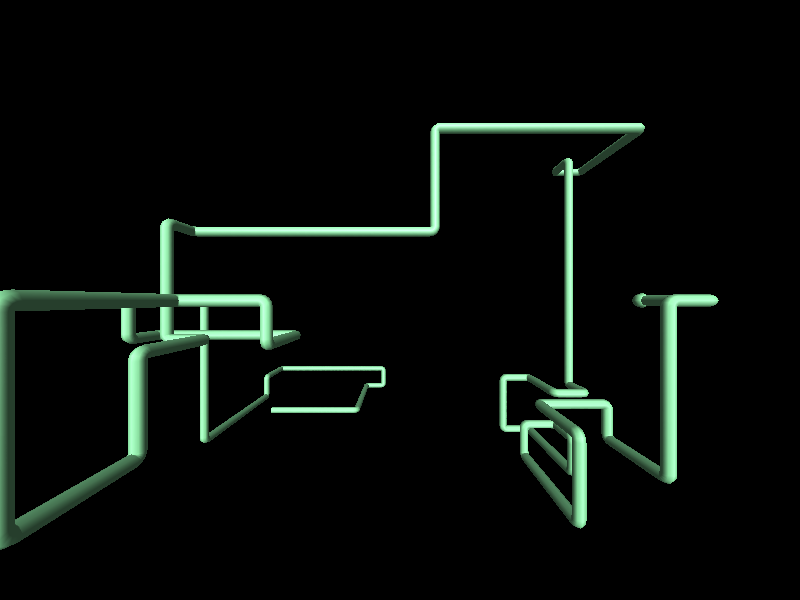Notably, nothing prevents the user from installing any number of software libraries of his/her choice. In practice, software written on major libraries can be run under any desktop environment. Running a package designed for one desktop (which essentially means that it's written using the same libraries as the desktop itself is) within a different desktop can be visually displeasing, as well as incurring the RAM penalty of loading libraries that wouldn't otherwise be required.
This table shows basic information on the programs distributed with some desktop environments for the X Window System:
Blackbox, Fluxbox, Openbox, Ratpoison, Ion and wmii require users to edit configuration files by hand to configure virtually every aspect of the desktop environment and are hence highly configurable. A new user, however, may feel uncomfortable without any graphical tools. These window managers also do not provide any additional software like file managers, text editors or web browsers, leaving it up to their users to decide upon the software they prefer.
A desktop environment (DE) can be broken up into several components that function independently and interact with one another to provide the look and feel and functionality of the desktop environment. A fundamental part of a DE is the window manager or WM. A window manager creates a certain way for application windows to present themselves to the user. It manages the various application windows, keeping track of which ones are open and providing features to switch between them. Another important element of a DE is the file manager. This application manages files/ folders and presents them in a way that the user finds convenient. It provides file operations like viewing, copying or moving, changing permissions and deleting. DEs usually provide utilities to set wallpapers and screensavers, display icons on the desktop, and perform some administrative tasks. They may optionally include word processors, CD/DVD writing applications, web browsers and e-mail clients.
KDE Software Compilation and GNOME are written almost completely on special software libraries Qt and GTK+ respectively. This usually means that virtually every component of the desktop environment including the file manager explicitly depends on that library for its functioning.
Subscribe to:
Post Comments (Atom)












No comments:
Post a Comment